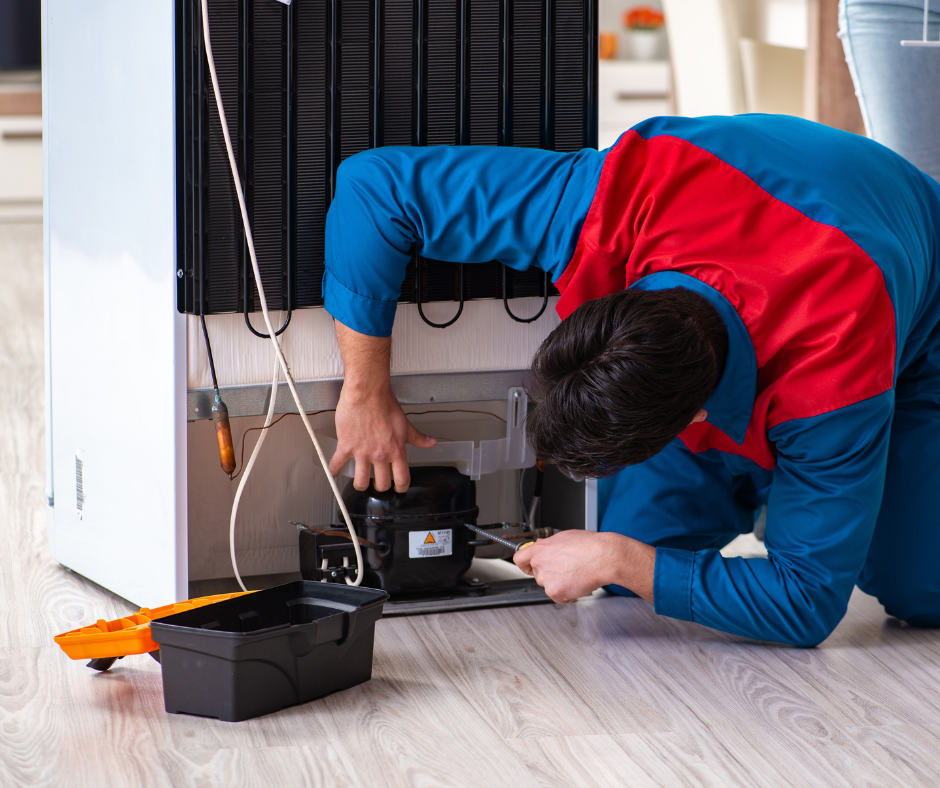[ad_1]
Is your ice maker not making ice but water works just fine? Fear not, we’ve got you covered with this comprehensive troubleshooting guide. Get ready to become an ice maker expert as we dive into the common causes of ice maker malfunctions and provide a step-by-step guide to resolving these pesky issues. Say goodbye to melting ice cubes and hello to a well-functioning ice maker!
Key Takeaways
- Identify potential water supply, temperature setting and assembly issues to troubleshoot your ice maker.
- Regularly clean or replace the water filter & keep the freezer organized for optimal performance.
- Seek professional help when DIY repairs are not successful or safety is a concern for warranty considerations.
Ice Maker Is Not Working
If your ice maker is not working, it can be quite frustrating, especially on a hot day when you’re craving some refreshing ice-cold beverages. There are several common reasons why your ice maker might stop producing ice. First, check if the water supply is connected and the water valve is open. Sometimes, a clogged water filter can also hinder ice production. Additionally, inspect the ice maker’s temperature settings, as they can impact its functionality. If you’ve addressed these issues and the problem persists, it may be time to consult your appliance’s manual or seek professional assistance to get your ice maker up and running again.
Understanding Why Your Ice Maker Isn’t Producing Ice
Before diving into the troubleshooting steps, familiarize yourself with the common reasons that cause ice maker malfunctions. Three main factors can affect an ice maker’s performance: water supply issues, incorrect temperature settings, and assembly problems.
Identifying the root cause enables us to address the issue effectively and restore the functionality of our ice maker.
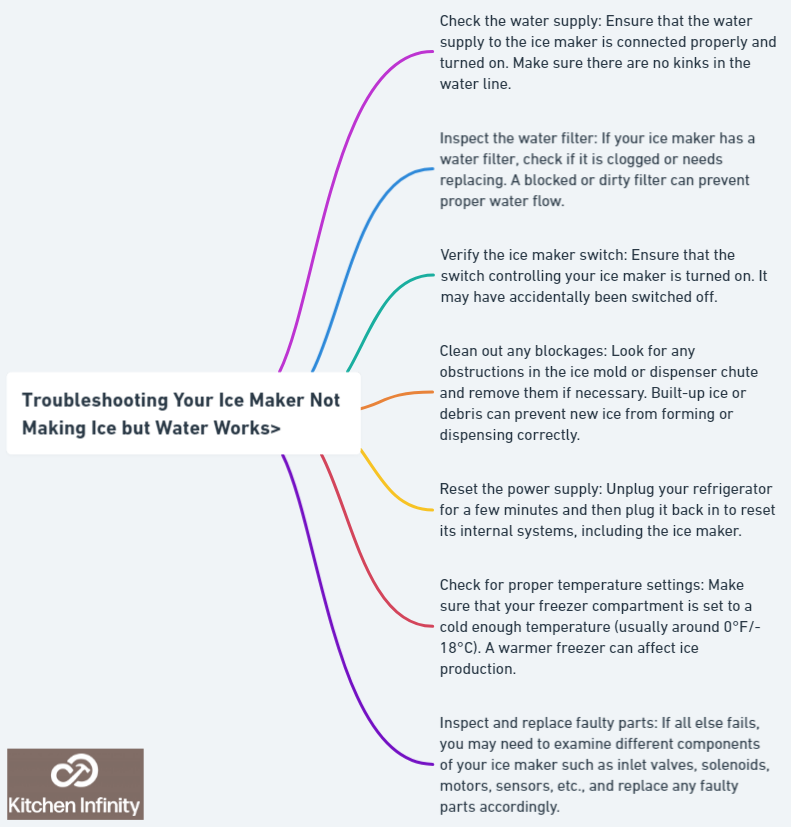 ” width=”791″ height=”827″>
” width=”791″ height=”827″>
Water Supply Issues
Water supply problems can wreak havoc on ice makers. Blocked water lines, clogged filters, or faulty valves are some of the culprits that may hinder your ice maker from producing ice.
Regularly updating the water filter, inspecting the fridge’s water line for kinks or twists, and ensuring that the refrigerator and ice maker are level can enhance the water flow to the ice maker. If you suspect an issue with your home’s water line or the intake valve on your fridge, it’s best to call in a professional.
Temperature Settings
Incorrect temperature settings in the freezer can significantly impact ice production and quality. For the ice maker to operate correctly, the freezer temperature should be set between 0 and 5 degrees Fahrenheit (-18 to -15 Celsius). Furthermore, it is recommended to set your refrigerator’s thermostat to a temperature range of 33–40°F (0–4°C) to prevent the water inlet tube from freezing up.
If the freezer temperature is excessively high, inspect the condenser coil, condenser fan, evaporator coil, and defrost components to pinpoint and rectify the problem.
Ice Maker Assembly Problems
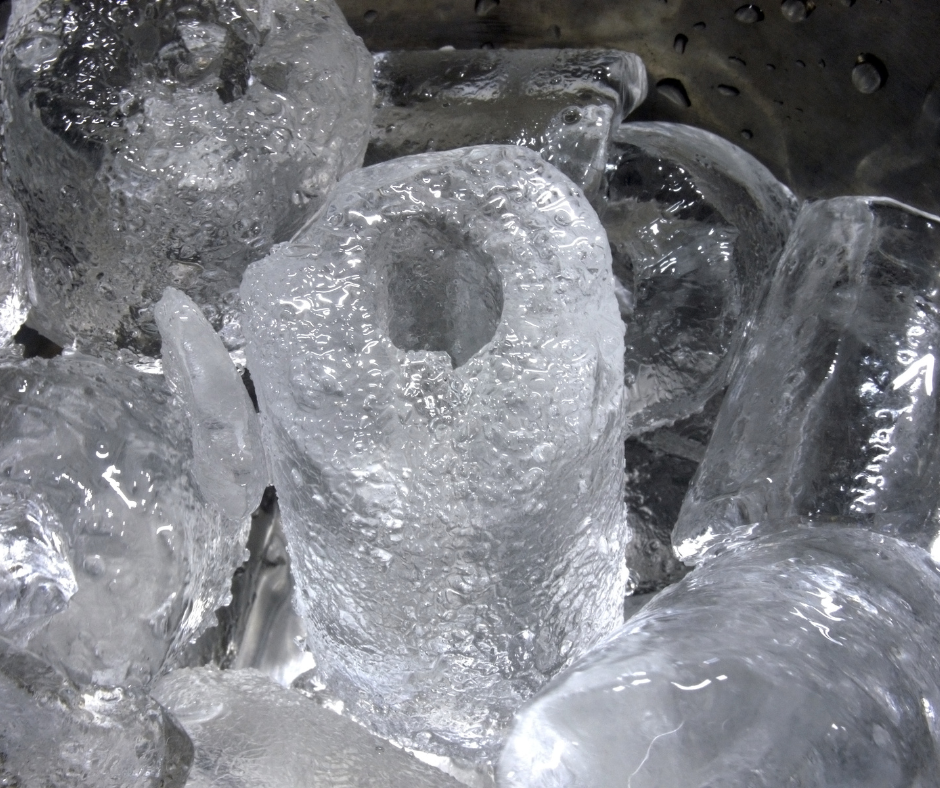
Assembly issues, such as damaged components or improper installation, can lead to common ice maker problems. Some of these issues include:
- Damaged components
- Improper installation
- Loose control arm
- Broken control arm
- Control arm pushed into the off position
If any of these issues occur, ice production of ice cubes using an ice mold may be halted.
For proper installation, confirm that the refrigerator ice maker and refrigerator are level and the ice maker hardware is securely fastened and free from damage. Addressing these assembly issues can help restore your ice maker’s performance and prevent refrigerator ice maker problems.
Ice Maker Making Ice but Not Dumping
If you’ve encountered the frustrating issue of your ice maker making ice but not dumping, you’re not alone. This common problem can be caused by various factors. One of the most frequent culprits is a malfunctioning ice maker motor or a clogged ejector arm. When your ice maker produces ice but doesn’t dispense it into the ice bin, troubleshooting and addressing the root cause can help ensure you always have a steady supply of ice. In most cases, these issues can be resolved with some DIY troubleshooting or by seeking professional assistance if necessary.
Step-by-Step Guide to Troubleshooting Your Ice Maker
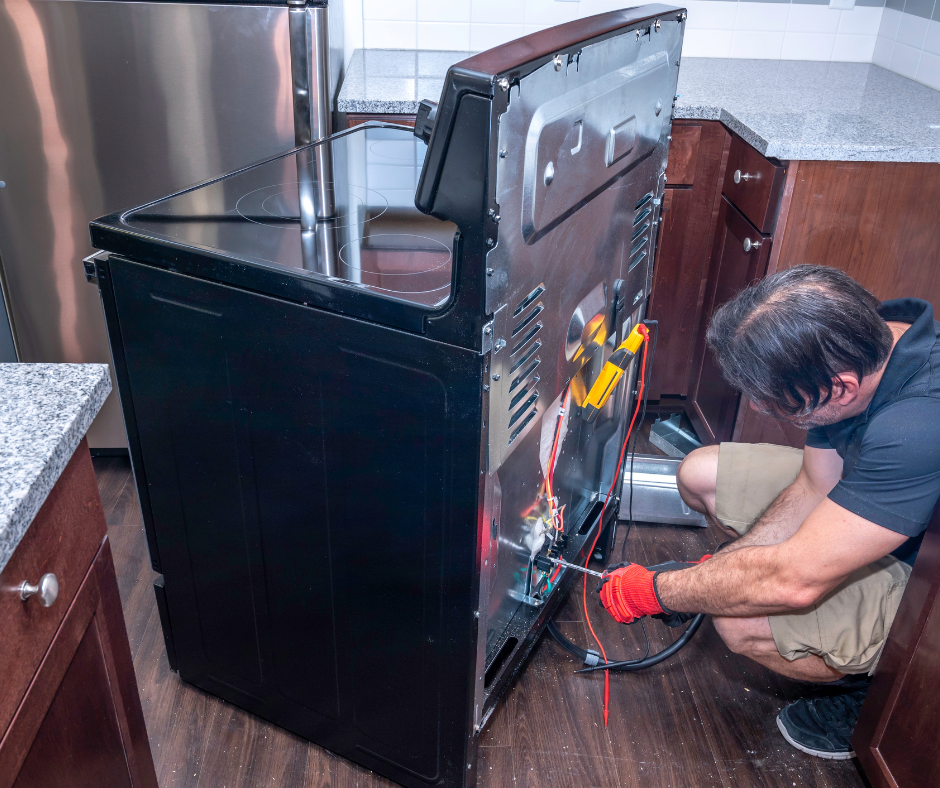
Now that we’ve grasped the common causes of ice maker issues, here’s a step-by-step guide to troubleshoot them:
- Inspect the control arm.
- Check water lines and valves.
- Assess the freezer temperature.
- Evaluate the ice maker assembly.
Following these steps puts you on the path to restoring your ice maker and ice tray to their full ice-producing capacity, making ice efficiently.
Inspecting the Control Arm
The control arm is responsible for detecting the amount of ice in the bin and regulating ice production based on that. To inspect the control arm, follow these steps:
- Remove the ice bin.
- Locate the control arm, which is typically a metal wire or a white plastic arm above the bin.
- Confirm that the control arm is firmly attached to the ice maker and not damaged.
- Test the control arm by moving it up and down to ensure it moves freely.
Monitor the control arm as ice is made and taken out; it should move up to a horizontal position when ice is produced and drop back down when ice is used. If the control arm is loose, broken, or not functioning correctly, it may require repair or replacement.
Checking the Water Lines and Valves
Water lines and valves play a vital role in ensuring proper water flow to the ice maker. To check them, follow these steps:
- Visually inspect the water line for any signs of damage or leakage.
- Use a multi-meter to test the continuity of the water inlet valve and assess the operation of the solenoid.
- If necessary, turn off the water supply line and disconnect it from the valve.
Addressing any blockages, leaks, or damage in the water lines and valves will ensure proper water flow, water pressure, and ice production.
Assessing the Freezer Temperature
The temperature of the freezer significantly impacts ice production. To ensure optimal conditions, the freezer temperature should be set between 0°F and 5°F. Use a specialist fridge thermometer to measure the temperature accurately, placing it in the middle of the freezer or hanging it from the center rack.
Maintaining the ideal temperature range will prevent freezing issues and ensure proper ice production.
Evaluating the Ice Maker Assembly
A thorough examination of the ice maker assembly can help identify damage, wear, or improper installation hindering ice production. Carefully examine the following components for any signs of damage or deterioration:
- Compressor
- Evaporator
- Condenser
- Thermostat
- Ice bin
Confirm that all components are firmly attached and operating correctly. Addressing any assembly issues can help improve your ice maker’s performance and prevent further problems.
Maintaining Your Ice Maker for Optimal Performance
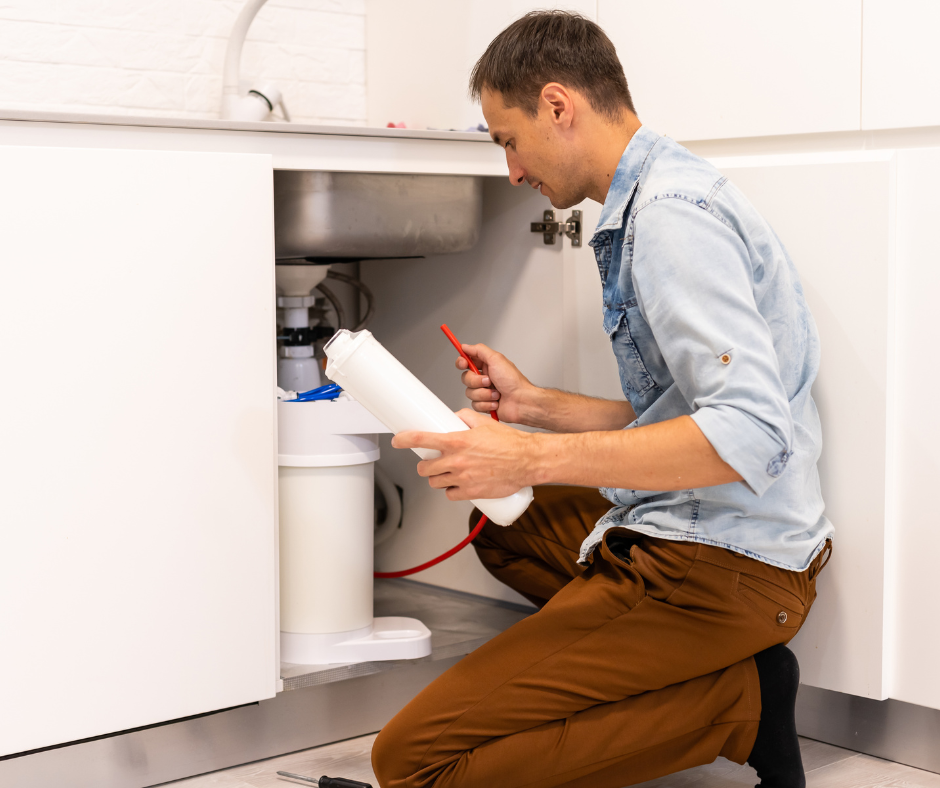
Regular and appropriate maintenance is crucial to ensure the smooth and efficient operation of your ice maker. In this section, we’ll provide tips on cleaning the water filter, organizing the freezer, and scheduling regular inspections and servicing.
Adopting these maintenance tips will prolong the lifespan of your ice maker and guarantee a consistent supply of fresh, clean ice.
Regularly Cleaning the Water Filter
Maintaining a clean water filter is paramount for producing clean, fresh-tasting ice. Here are the steps to clean the water filter:
- Turn off the water supply to the ice maker.
- Remove the filter.
- Rinse the filter with warm water.
- If the filter is clogged, use a soft brush to gently remove any debris.
It is recommended to clean the water filter every six months or replace it if it’s too clogged to clean.
Reinstall the filter and turn the water supply back on. Regularly cleaning or replacing the water filter will prevent clogs and ensure optimal ice production.
Keeping the Freezer Organized and Well-Ventilated
Maintaining an organized and well-ventilated freezer is vital for achieving the right temperature and airflow needed for ice production. Overcrowded freezers with items blocking the vents can impede airflow and negatively affect the ice maker’s performance. Arrange items in the freezer to ensure adequate air circulation.
In addition, consider defrosting your freezer once every six months to a year to ensure optimal ice maker performance.
Scheduling Regular Inspections and Servicing
Routine inspections and servicing can help pinpoint potential issues early, thereby prolonging the life of your ice maker. It is recommended to inspect and service your ice maker at least twice per year, though the frequency may vary depending on the type of ice machine and its usage.
By staying on top of maintenance, you’ll ensure your ice maker operates efficiently and effectively.
When to Seek Professional Help
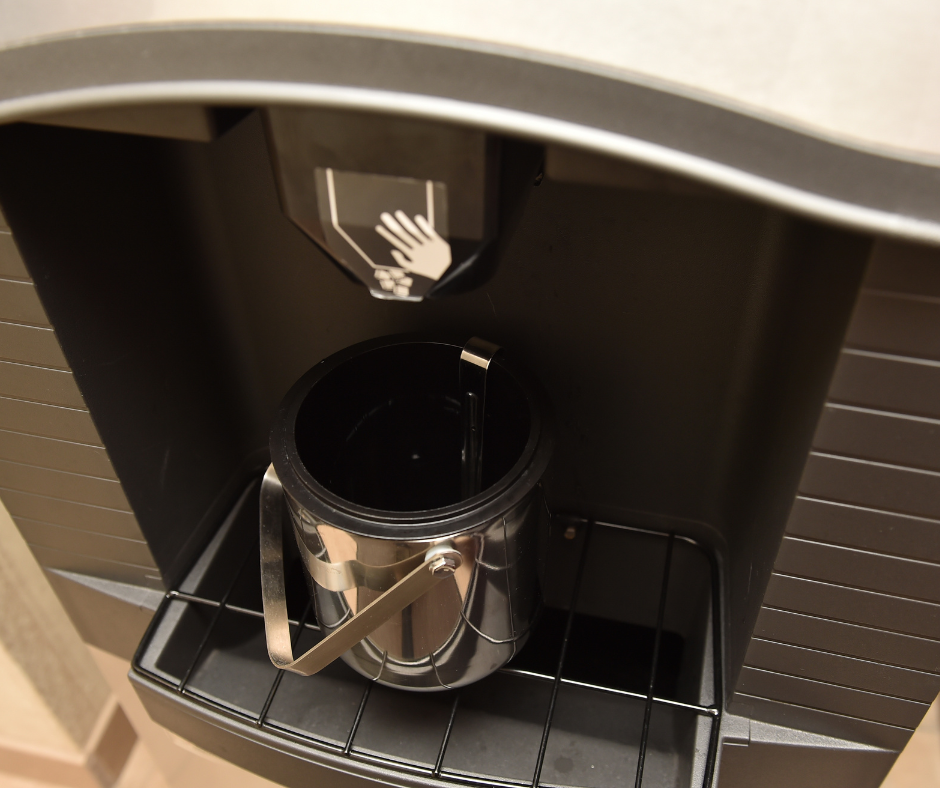
Despite our best efforts, some ice maker issues are persistent and necessitate professional intervention. In this section, we’ll discuss when to seek professional help for ice maker issues, including persistent problems, safety concerns, and warranty considerations.
Understanding when to engage an expert can save you from unnecessary time, money, and frustration.
Persistent Issues Despite Troubleshooting
If your troubleshooting efforts fail to resolve the ice maker issues, seeking professional help becomes necessary. Persistent issues can result in costly damages and repairs, such as water damage from leaks, damage to evaporator plates, and mineral buildup in the machine.
Contacting a technician for ice maker troubleshooting to assess and resolve the issue of your ice maker not working can prevent further damage and ensure your ice maker operates effectively and safely.
Safety Concerns
When attempting DIY repairs on an ice maker, safety must be the top priority. Live voltage testing, heating elements, and sharp or moving parts can all present safety risks. Attempting to fix an ice maker without professional help can also result in electrical shock or damage to other appliances, increasing the risk of fire or other hazards.
Hence, it’s important to engage professional help for ice maker repairs to ensure safety and proper operation.
Warranty Considerations
Before undertaking any repairs or calling for professional assistance, review your ice maker’s warranty coverage and stipulations. Some actions, such as using unapproved accessories or improper maintenance, can void the warranty. Consult your product documentation or the manufacturer’s website for warranty details and requirements.
Adherence to the warranty guidelines will ensure your ice maker remains under coverage and protection.
Summary
In conclusion, troubleshooting and maintaining your ice maker doesn’t have to be a daunting task. By understanding the common causes of ice maker malfunctions and following our step-by-step troubleshooting guide, you can effectively resolve many issues. Regular maintenance, proper organization, and knowing when to seek professional help will ensure your ice maker operates efficiently and provides you with fresh, clean ice whenever you need it. Now you’re ready to tackle any ice maker challenge that comes your way!
Bosch Ice Maker Not Working
If your Bosch ice maker not working, it can be a frustrating experience, especially when you’re in need of ice for your favorite beverages. There are several potential reasons for this issue. Start by checking if the ice maker is properly connected and the water supply is working. Sometimes, a clogged water line or a faulty water inlet valve can be the culprits. Additionally, inspect the ice maker’s temperature settings, as they might affect its performance. If these basic troubleshooting steps don’t resolve the problem, it’s advisable to consult your Bosch user manual or consider seeking professional appliance repair assistance to diagnose and fix the issue.
Frequently Asked Questions
Why would my ice maker suddenly stopped making ice?
It is likely that the ice maker has stopped working due to a clog or blockage in the supply line, ice build-up or jammed ice cubes, an incorrect freezer temperature, faulty water inlet valve, low home water pressure, or a clogged water filter. Check these elements and clean/replace them as necessary to restore your ice maker’s function.
How do you reset the ice maker?
Unplug the refrigerator for 5 minutes to reset the ice maker, then plug it back in and turn the switch on. This should get your ice maker working again.
How do I know if my water line is clogged with an ice maker?
If your ice maker isn’t producing ice at all or is producing crescents or cubes that are smaller than usual, it may be due to a clog in the water line. To check if it is frozen, slide the refrigerator out and unplug it. A clogged water line can restrict the flow of water to the ice maker and lead to decreased ice production or no ice at all.
How do I know if my ice maker is bad?
Leaks, half-frozen ice cubes, diminished output, bad taste, and louder-than-average noises are five signs that your ice machine may need repair. If you have any of these symptoms, it is best to get help with your ice machine.
Why is my Frigidaire refrigerator not making ice but water works?
It is likely that your Frigidaire refrigerator isn’t making ice because the water filter is clogged, the water supply line is restricted or kinked, the freezer temperature is too high, the water inlet valve is blocked, the fill tubes are blocked, or the heating element in the ice maker isn’t functioning. To check for these issues, try changing the water filter, flushing the line with clean water to see if that clears it, adjusting the temperature settings, and examining the other components.
[ad_2]
Source link
